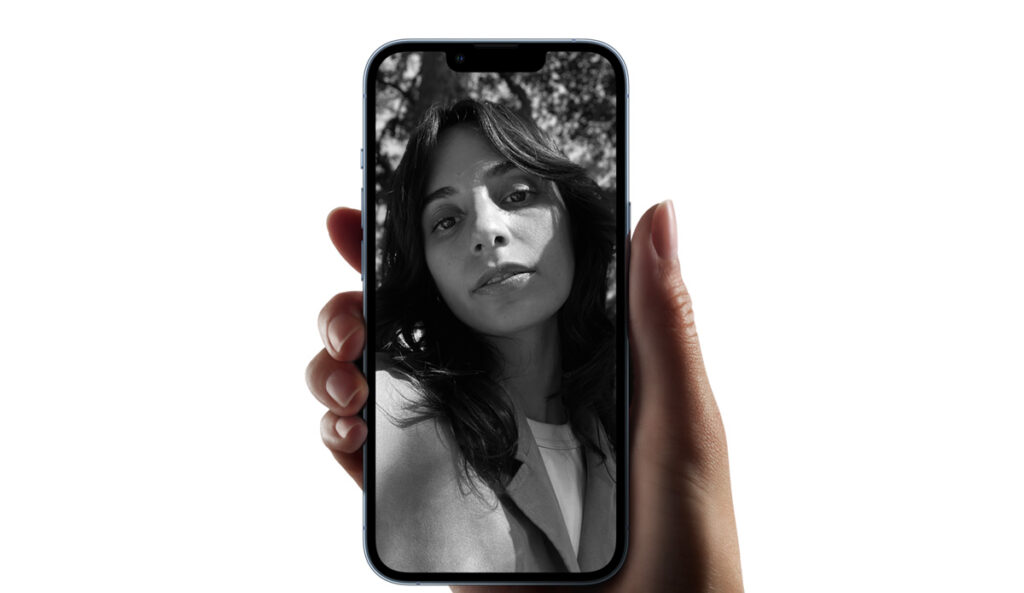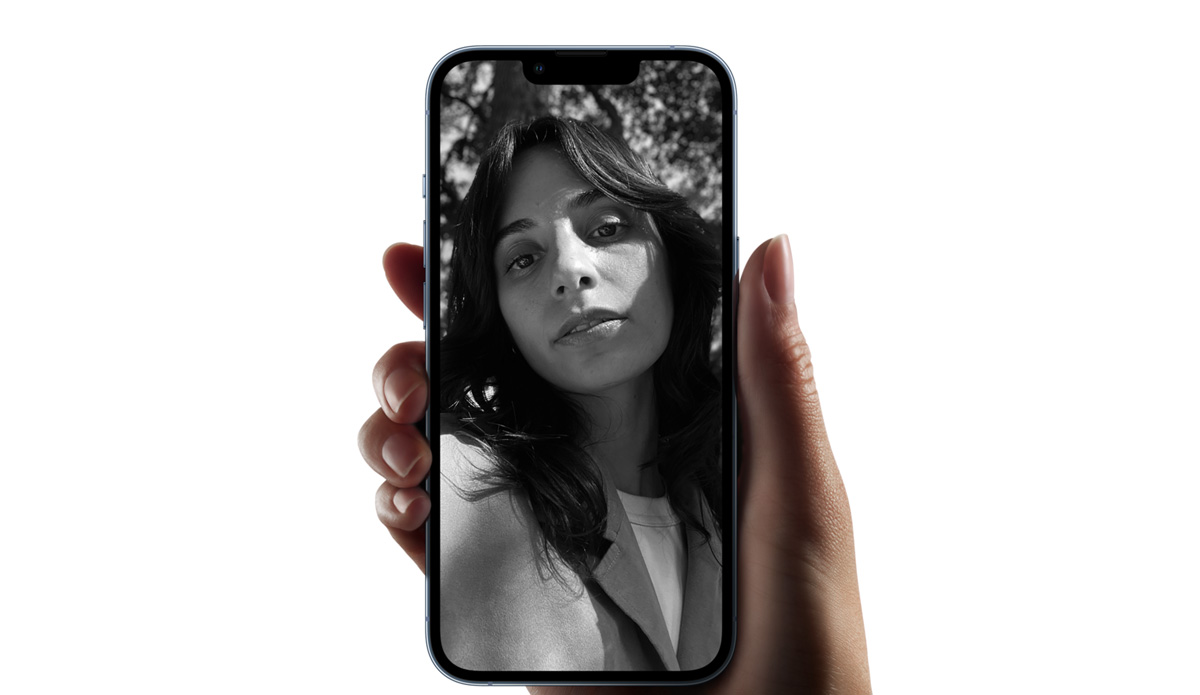
Above: Photo / Apple
Bokeh into a corner; the coming of age for smartphone photography
Much has been said about the new camera system, and in particular, the top end iPhone 13 Pro and Pro Max versions. Cinematic mode is one new feature that has generated a lot of interest, some admiration and some confusion.
Apple marketing has not helped to clarify – the emphasis with the name and all the marketing materials and ads are jumping into the claim that this is a high-end pro replacement for prime lenses and a human focus puller. And you should make professional movies with it.
This is a valid idea, to a point, and it’s a fantastic accomplishment to have a cinematic mode at all, especially in your pocket. And, perhaps, the limitation at HD video and no 4k capability will be overcome, either in software or with the iPhone 14.
But, in reality, none of that matters. In reality this mode was absolutely necessary, with or without the autofocus “robot-focus-puller” trick.
Including the telephoto camera made the cinematic effect absolutely mandatory
So taking a small step back for a moment, let’s look at the big changes in the iPhone 13 Pro cameras compared to the iPhone 11 Pro and iPhone 12 Pro. The big change was the ultra-wide camera / lens combo along with the 3X 77mm telephoto camera / lens. In total making 6x optical zoom range possible.
It’s the 77mm that is the huge move. Why? Well, if you are a photographer and have ever worked with a prime or zoom lens of 77mm or above you will be aware of a couple of things. The size, length and weight of the lens is massive. And to duplicate that in a tiny camera module as part of a three camera array on an iPhone presents a pretty big challenge.
Obviously the size limitation makes it impossible for a “real” 77mm lens to be strapped to the back of an iPhone. And, even if the magnification was possible, what about the “look” and the quality of the image?
And what constitutes, in photographic tradition, the beauty and style that makes a long lens like a 77mm artistically desirable? Because just having the ability to get a closer view or shot of an subject without moving the camera closer is a small and relatively insignificant part of the challenge.
Bokeh because it’s beautiful and highlights the subject (often a human or animal) in the video or photo.
Now, to be clear, we are really talking about video recording, not just photos. Because the portrait mode on iPhone has been around, and improving, for years, and cinematic mode is creating similar effect and adding a new level for video.
Adding a 77mm lens, however, if it was not getting the bokeh effect in the video recording, would have been a disappointment of monumental proportions for photographers and would not have been an option.
And, good news folks, the bokeh in cinematic mode when using the 77mm lens is very usable and takes the cinematic style potential into a creative realm that is “Pro”, with or without the focus pulling tricks, and / or the panning or dolly shots with a moving camera.
Both the addition of “portrait mode” backgrounds for FaceTime video, which is a look that has become standard for YouTube videographers, and, more impressively and more importantly, the ability to shift through the lens “kit” as a feature film director would, using different focal lengths (like swapping out prime lenses on a feature film shoot) is a game changer.
However, none of this would be even remotely possible if the switch from a virtual 26mm wide angle prime lens to a virtual 77mm prime did not have some emulation of the unique qualities such as depth or field and, above all, bokeh that shifted as well.
And, thankfully this works the way a director or DP would want – not the same, of course, as a rig that has lenses that cost as much as a dozen iPhone 13 Pro Maxes, but one that is unique and able to produce beautiful, soulful and human effects that are a computationally assisted approximation. That look, or at least something with a similar feel, is akin to what has inspired generations of filmmakers to love what a 77mm or 85mm or even a 100mm (my personal favorite) does for a human subject in the wild.
It is now possible to produce images that have the convenience of an iPhone and the creative mix of styles that could previously only be found in a full professional kit with multiple prime lenses, and that is something that will change and impact the quality and style of everything we watch, particularly in production areas where million dollar kits are not an option.
- Apple Reveals new MacBook Pro Models, Mac Mini: all with M2 and M2 Pro Chips
- Fitness with Apple Watch: A Day in the Life of Highly Motivated Ring Closers
- The Vision of Steve Jobs for the Future of Apple has Barely Begun to Emerge
- Best thing about the new Mac Studio Display? It’s Optional with the Mac Studio Desktop…
- iPhone Subscription Service Could Launch This Year according to Gurman
Find books on Music, Movies & Entertainment and many other topics at our sister site: Cherrybooks on Bookshop.org
Enjoy Lynxotic at Apple News on your iPhone, iPad or Mac.
Lynxotic may receive a small commission based on any purchases made by following links from this page
